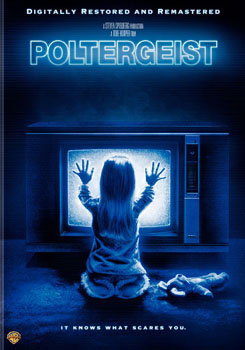FlavorWire's 10 biggest MPAA ratings mistakes
Posted Wednesday, March 9, 2011 at 4:46 PM Central
Last updated Wednesday, March 9, 2011 at 4:47 PM Central
by John Couture

We have often wondered on here about the apparent inconsistencies of the MPAA's ratings. In fact, we regularly post on our twitter feed some odd or interesting CARA reasons for ratings that leave us scratching our heads.
In case you haven't yet seen it, Kirby Dick released a great documentary on the MPAA and their process in 2006 called This Film is Not Yet Rated. Part investigative journalism and part real conversations with filmmakers like Kevin Smith who have battled the MPAA numerous times, This Film is Not Yet Rated really forces you to ponder who is actually making the rating decisions and what their political motivations are behind them.
What's sad is that in a recent Doug Loves Movies podcast filmmaker Edgar Wright talked candidly about how they had to think about just when and where to use their limited number of F words, so as to maintain their PG-13 rating and still use the word with conviction.
Think about that.
The MPAA is literally affecting the art of making a movie. I guess it's not surprising as the MPAA ratings is simply the Hays Code version 2.0.
I have been meaning to go off and do a thorough piece on the inconsistency of the MPAA, but thankfully FlavorWire beat me to the punch. It's a good thing too because Jason Bailey's piece was well thought out and is far better than anything that I could put together.
Jason does a great job of pointing out 10 of the MPAA’s Biggest Rating Mistakes, but more than that, he provides some great context and history into the evolution of the ratings. Ironically, I think he and I both come to the same conclusion concerning Poltergeist.
This was a movie that somehow was rated PG without any cuts being made and it's a movie that I too saw way too early and it did give me nightmares for many years to come. Of course, there's no guarantee that had the movie been rated R that I wouldn't have seen it, but Jason proves that's not the point.
The point is whether or not the MPAA is broken (it probably is), it should at the very least be consistent across all movies. Instead, it seems that the MPAA plays favorites with the big six studios and is more lenient with them.
It reminds of something that my hockey coach used to say when I was a kid. He didn't care if the refs were good or bad, as long as they were consistent for both teams. The only way anyone can compete is on a level playing field.
This great article shows that, more often than not, that playing field is anything but level. Do yourself a favor and check out the FlavorWire piece and let us know what you think.





